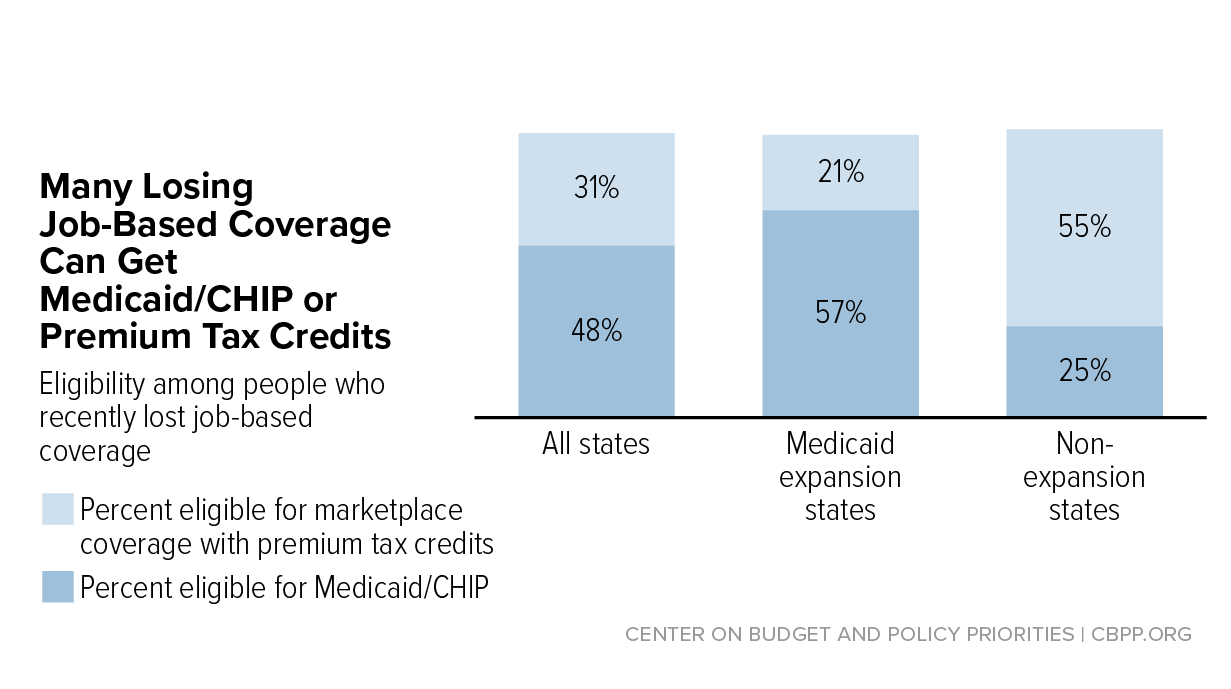https://www.nytimes.com/2020/05/18/opinion/coronavirus-unemployment.html
text only
As far as I can tell, most epidemiologists are horrified by America's rush to reopen the economy, to abandon much of the social distancing that has helped contain Covid-19. We know what a safe reopening requires: a low level of infection, abundant testing and the ability to quickly trace and isolate the contacts of new cases. We don't have any of those things yet.
The epidemiologists could, of course, be mistaken. But at every stage of this crisis they've been right, while predictions of a quick end to the pandemic by politicians and their minions have proved utterly wrong. And if the experts are right again, premature opening could lead to hundreds of thousands of deaths — and backfire even in economic terms, as a second wave of infections forces us back into lockdown.
So where is the push to reopen coming from?
Some of it comes from right-wing crazies. Only a small minority of Americans believes that freedom includes the right to endanger other people's lives (which is what congregating in large groups in the midst of a pandemic does); that wearing a mask is un-American, or unmanly, or something; that Covid-19 is a hoax perpetrated by liberals. But that minority has huge influence within the Republican Party.
Some of it comes from Donald Trump's obsession with the stock market. His initial refusal to do anything to prepare for the pandemic reportedly reflected concern that any acknowledgment of the threat would "spook the market." And the push to reopen may similarly reflect a belief that going back to normal life would be good for the market, even if it kills many people. Let's die for the Dow!
ADVERTISEMENT
Continue reading the main story
One thing I keep hearing, however, is that we must reopen for the sake of workers, who need to start earning wages again to put food on their families' tables. So it's important to realize that this is a really bad argument.
For America is fully capable of shielding workers idled by the lockdown from severe economic hardship. As Jerome Powell, the chairman of the Federal Reserve, said in a TV interview aired Sunday, we can and should pursue policies that "keep workers in their homes, keep them paying their bills. Keep families solvent."
And the somewhat surprising fact is that we're already doing a lot of that. The CARES Act, the $2 trillion disaster relief bill enacted in late March, greatly expanded both eligibility for unemployment benefits and the generosity of those benefits. And those expanded benefits are, despite early stumbles, increasingly doing what needs to be done.
It's true that when claims for unemployment benefits began surging in March, unemployment offices — which are run by individual states — were overwhelmed, so that many Americans who were entitled to benefits simply couldn't get through. And many families still aren't getting what they should.
ADVERTISEMENT
Continue reading the main story
Even so, a Brookings Institution study suggests that in April unemployment benefits offset about half the wages lost because of the lockdown — an estimate that matches my own back-of-the-envelope calculations.
And this "replacement rate" has almost surely increased substantially in recent weeks. Unemployment offices are gradually catching up on their backlog, so that benefits are reaching a rising number of unemployed workers. At the same time, the available evidence suggests that labor markets more or less stabilized, at least for now, around a month ago.
So it's a good bet that at this point most though not all of the loss in wages caused by social distancing is being offset by increased government aid. That's a largely unheralded success story; most media attention has focused on other parts of the CARES Act, especially small-business support, which is a shambles.
But unemployment assistance, after a troubled start, is doing a lot to help American workers. And credit should go to Democrats, who insisted that this aid be a part of the package.
I suspect that the success of unemployment aid helps explain a key feature of the politics of reopening — namely, that the clamor to end restrictions isn't coming from workers. Job losses have been concentrated among lower-paid workers; but polling suggests that the demand for faster opening is coming largely from high-income Republicans.
So we've done a much better job than I think most people realize of protecting American workers from hardship in a time of lockdown. Of course we haven't been completely successful, and the first few weeks were very rocky. There is, however, a lot less suffering than you might expect given a true unemployment rate that's probably around 20 percent.
But the expanded unemployment benefits that are doing so much good are set to expire on July 31. That should scare you.
ADVERTISEMENT
Continue reading the main story
Suppose, after all, that the epidemiologists are right, and that premature reopening leads to a second wave of infections. What we'll need in that case is a second lockdown. But all indications are that Republicans are totally opposed to extending benefits.
What they want, instead, is legislation that would protect businesses from liability if their employees get sick.
That is, they want to force Americans to go to work even if it kills them.
The Times is committed to publishing a diversity of letters to the editor. We'd like to hear what you think about this or any of our articles. Here are some tips. And here's our email: letters@nytimes.com.
Follow The New York Times Opinion section on Facebook, Twitter (@NYTopinion) and Instagram.
Paul Krugman has been an Opinion columnist since 2000 and is also a Distinguished Professor at the City University of New York Graduate Center. He won the 2008 Nobel Memorial Prize in Economic Sciences for his work on international trade and economic geography. @PaulKrugman
-- via my feedly newsfeed






